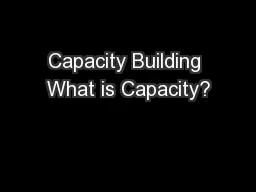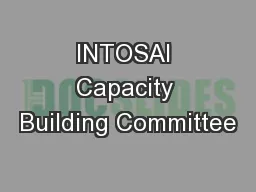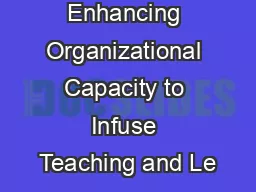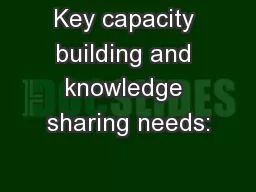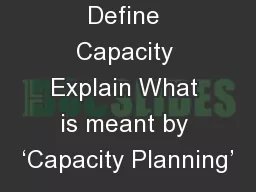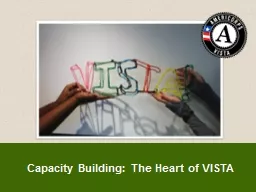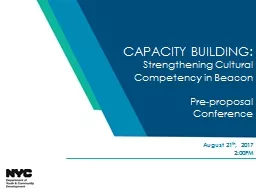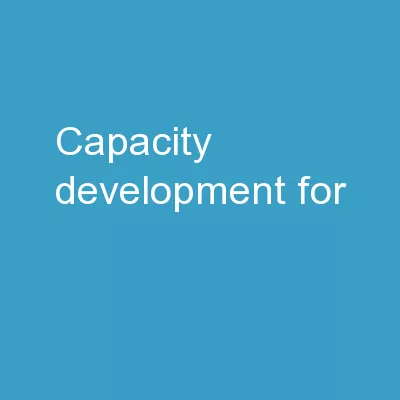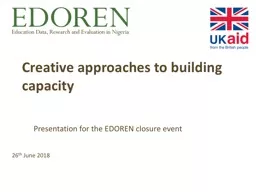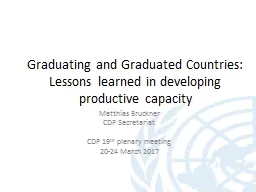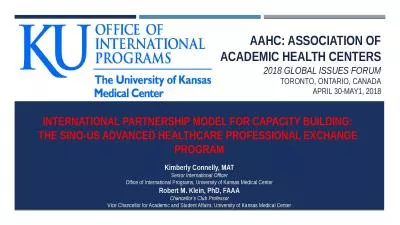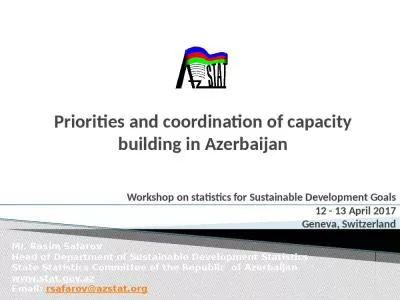PPT-Capacity Building What is Capacity?
Author : faustina-dinatale | Published Date : 2019-02-22
Various types and levels of resources within the community and within an organization such as a coalition The communitys level of readiness to engage in and support
Presentation Embed Code
Download Presentation
Download Presentation The PPT/PDF document "Capacity Building What is Capacity?" is the property of its rightful owner. Permission is granted to download and print the materials on this website for personal, non-commercial use only, and to display it on your personal computer provided you do not modify the materials and that you retain all copyright notices contained in the materials. By downloading content from our website, you accept the terms of this agreement.
Capacity Building What is Capacity?: Transcript
Download Rules Of Document
"Capacity Building What is Capacity?"The content belongs to its owner. You may download and print it for personal use, without modification, and keep all copyright notices. By downloading, you agree to these terms.
Related Documents

